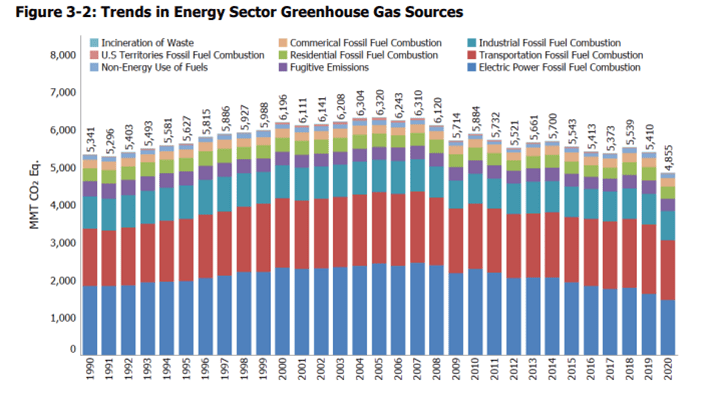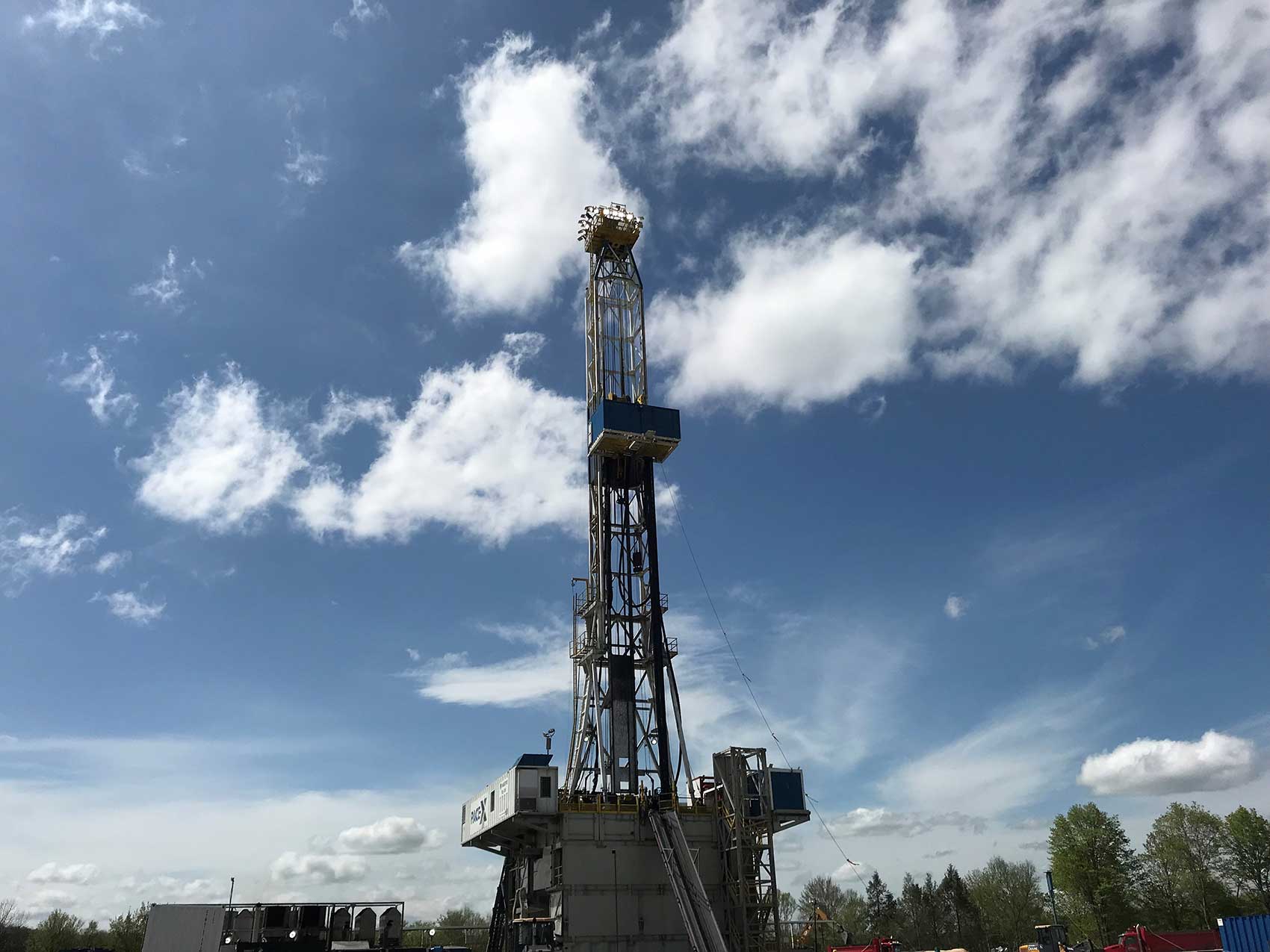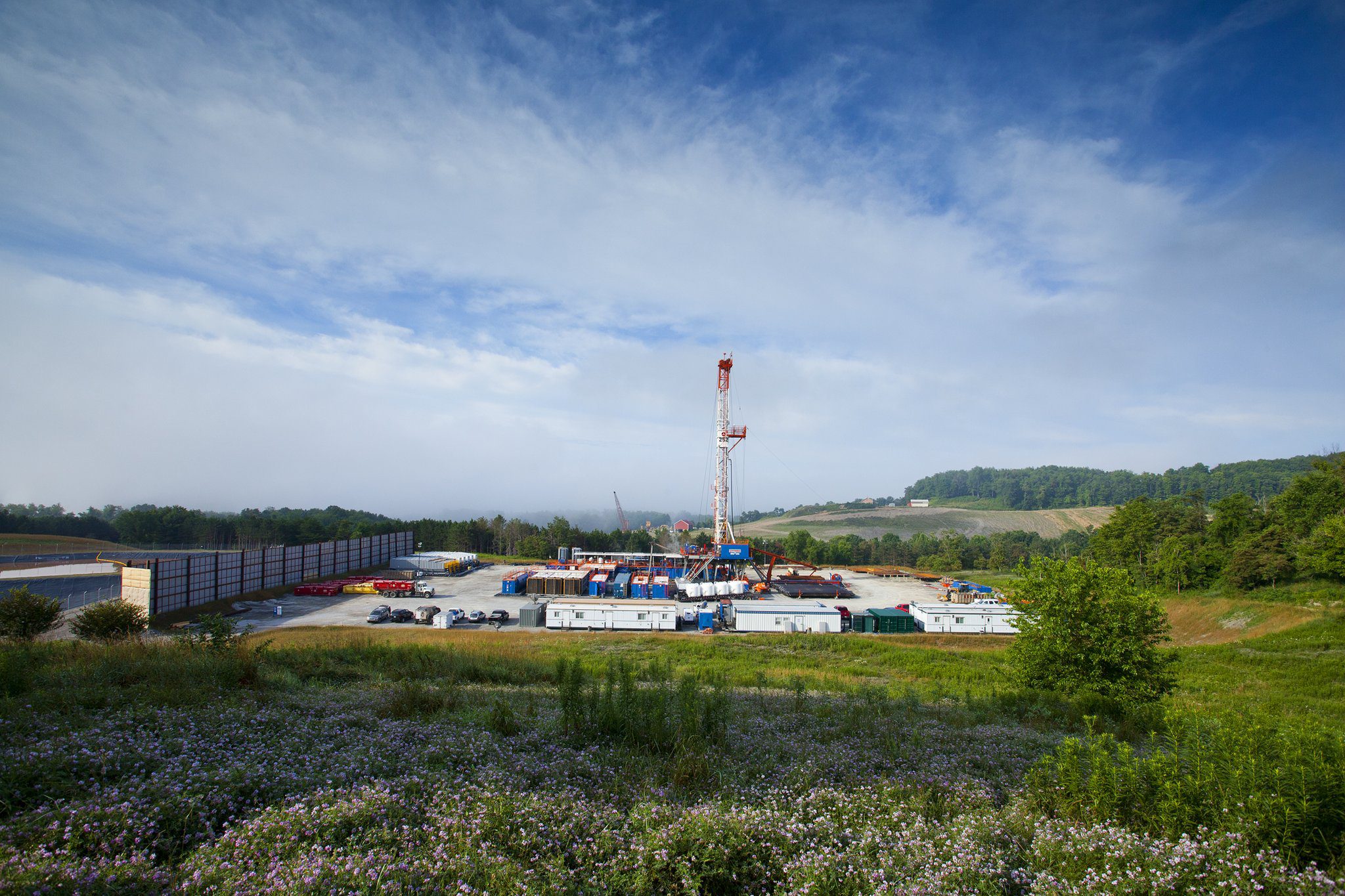Natural gas is a driving force behind America’s falling greenhouse gas (GHG) emissions, the latest Environmental Protection Agency (EPA) data shows, confirming positive emission trends continue as natural gas is increasingly utilized increases its role in the nation’s energy mix.
Energy-related GHG emissions declined 10% between 2019 and 2020, according to the EPA’s annual Greenhouse Gas Inventory. Longer term, emissions in the electric power sector are down 39% from 2008 levels “corresponding with an increase in natural gas generation,” the EPA notes.
While some of this recent reduction is associated with pandemic-related declines in overall economic activity, a closer look at the data shows the more natural gas is produced and used in the U.S., emissions continue to decline.
Nationwide, the natural gas’ share in the U.S. power sector, for example, rose from ~10% in 1990 to now powering approximately 40% as of 2020, the data shows.

As a Berkeley Lab analysis highlighted last year, we’re now ‘halfway to zero’ because “natural gas generation grew rapidly, driven by the shale gas revolution and low fuel prices,” analysts said, and the U.S. cut power sector emissions by 52% below 2005 projected levels.

Specific to methane, emissions from natural gas systems are more than 15% lower than 1990 levels, the EPA data shows. That’s correlated to continued enhanced operational performance as producers in our region seek innovative ways to identify, quantify, and fix unwanted releases.
Pennsylvania’s stringent regulatory requirements mandate regular leak detection and repair at well sites, compressor stations and processing plants. Furthermore, regional operators up and down the natural gas value chain have been taking the lead for years in mitigating potential methane leaks through industry-leading best practices.
That, in part, is why national trends mirror those in Pennsylvania, with emissions per kilowatt hour declining 37% as Pa. natural gas power generation increased 24% since 2016, according to the state’s Independent Fiscal Office.
Regionally, natural gas makes up 44% of the PJM interconnection’s total capacity, and its prevalence has helped drop power generation emissions (including carbon dioxide, nitrogen oxides, and sulfur dioxide) 11% from 2019 levels.
MSC president Dave Callahan explored the region’s environmental leadership thanks natural gas in a joint op-ed with Appalachia’s energy leaders, as well as the immense opportunities our shale abundance delivers our nation and our allies.
“Our fellow Americans may not consider the so-called “Rust Belt” to be the epicenter of our nation’s green economy,” MSC wrote alongside the Gas and Oil Association of West Virginia’s Charlie Burd and Ohio Oil and Gas Association president Rob Brundrett.
“The discovery of our region’s abundant and clean natural gas resources over the last 15 years has transformed Appalachia into a technology hub and innovation-driven economy at the forefront of America’s energy evolution and revolution.”






